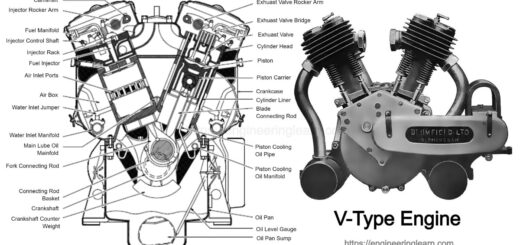Parts of Car Wheel and Their Function – [with Pictures, Names & Diagram]
![11 Parts of Car Wheel and Their Function - [with Pictures, Names & Diagram]](https://engineeringlearn.com/wp-content/uploads/2022/06/Parts-of-Car-Wheel-1024x539.jpg)
Introduction
Parts of Car Wheel and Their Function – [with Pictures, Names & Diagram] – The Cars has taken on a variety of bodies, shapes, and sizes over the years. Some auto parts have become outdated, expired, or replaced by newer ones. The wheels have always been a popular automotive part. These round structures produce rotary motion and are in charge of driving the car from one location to another. As a result, wheels are an essential component of any vehicle. The wheel comprises various elements that each serve a different role in ensuring it works properly. Some of these components have caused confusion and misunderstanding. There are many components of a car wheel.
Parts of Car Wheel
- Wheel Bearings
- Tires
- Wheel Hub
- Wheel Rims
- Wheel Fasteners
- Valve System
- Barrel
- Flanges
- Center cap
- Center Bore
- Lug hole
1. Wheel Bearings: ( Parts of Car Wheel )
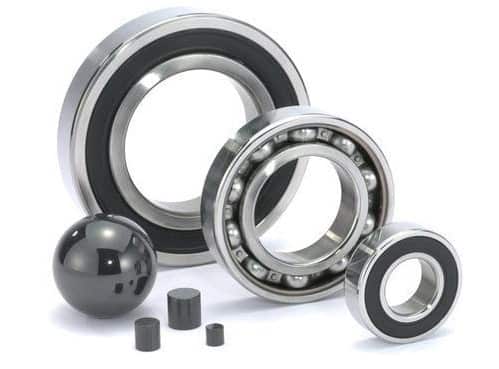
The rotating wheels and the stationary vehicle are connected by wheel bearings, which form a low-friction connection. Anti-friction bearings are used on all four wheels. The three essential sections of an anti-friction bearing are the inner, rolling, and outer race. Bearing cages separate the individual rolling elements as they bend. The seal or shield, which keeps lubrication within while keeping dirt and water out, is another component of anti-friction bearings.
2. Tires: ( Parts of Car Wheel )
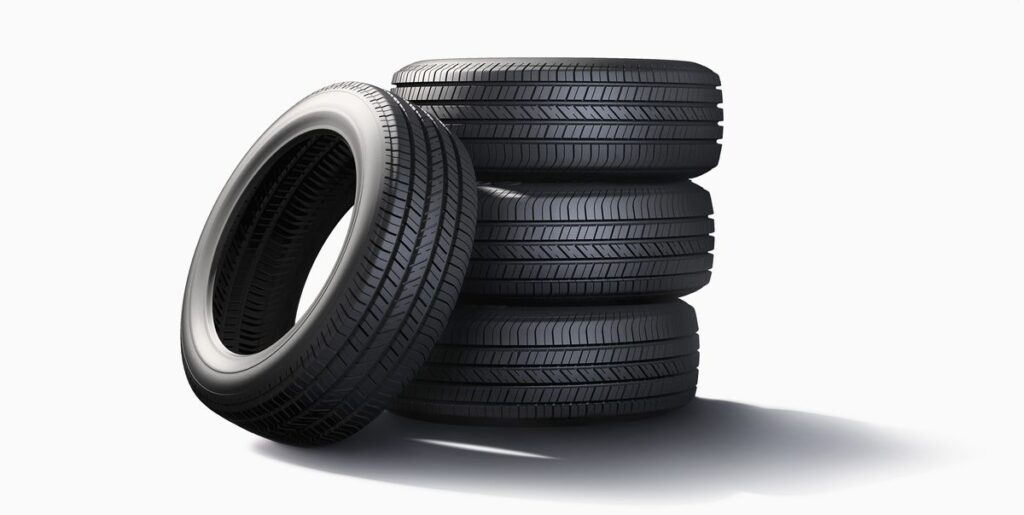
Tires support the vehicle’s weight, absorb road shocks, transmit traction, torque, and braking forces to the road surface, and keep the vehicle moving in the right direction. To achieve these duties, tires are comprised of flexible rubber and filled with compressed air. They are a component of the suspension system. Tires are protective covers that keep wheel rims from rubbing or contacting the ground.
3. Wheel Hub: ( Parts of Car Wheel )

The wheel hub is the wheel component that connects the rim to the hub. Brake pads, calipers, and rotors are all housed here. This is connected to the axle and allows the car to move and stop. The wheel hub is joined to the tires, and five bolts with the lug nut are mounted from the hub’s center. The hub houses the wheel’s mechanics and maintains it connected to the vehicle.
4. Wheel Rims: ( Parts of Car Wheel )
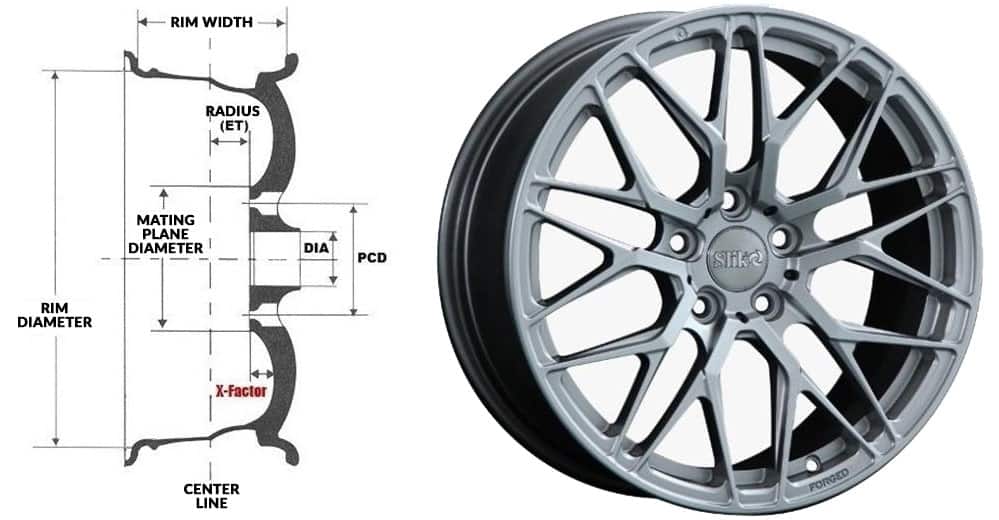
Wheel rims function as the link between the hub and the tire. The tire is mounted on the rim, then connected to the hub. Rims are frequently constructed of stamped steel. The rim is formed by stamping and then welding to the final form. Wheel mounting holes are located in the central section. Additional stamping is utilized to secure the wheel cover on some wheels.
5. Wheel Fasteners: ( Parts of Car Wheel )
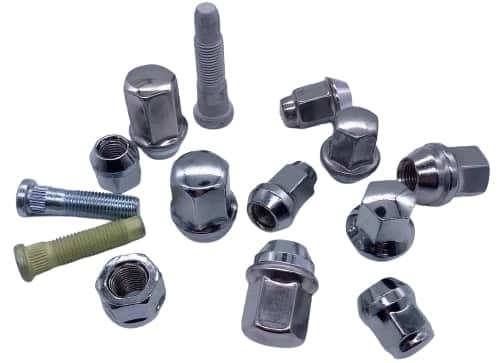
The way the rim is connected to the hub or axle flange is an important consideration in the wheel and tire design. Wheel fasteners are found in almost every car and trucks hub or axle flange. Threaded bolts or studs pressed into a hub or flange are the most common wheel studs. To keep the stud loose, a sensitive region on the back of the stud is carved into the hub or axle metal.
6. Valve System: ( Parts of Car Wheel )
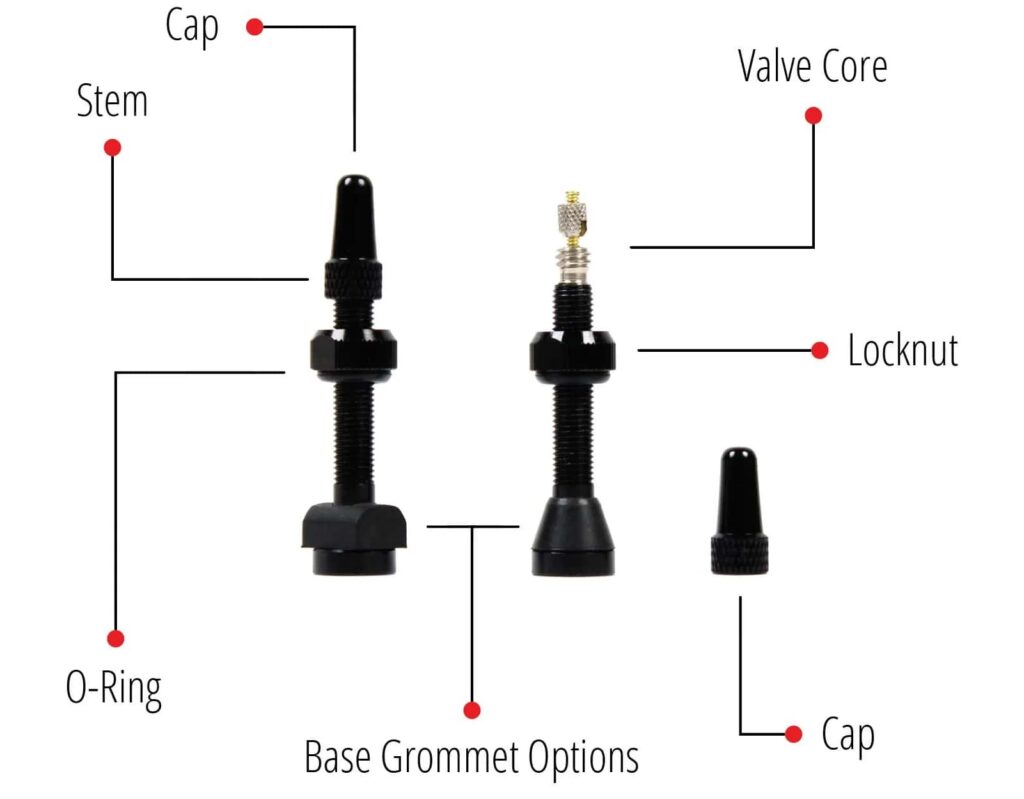
The valve system in car tires inflates and deflates the tires. The valve mechanism on the car’s wheels is connected with the tire pressure monitoring system, allowing the driver to keep track of the pressure at all times.
7. Barrel: ( Parts of Car Wheel )
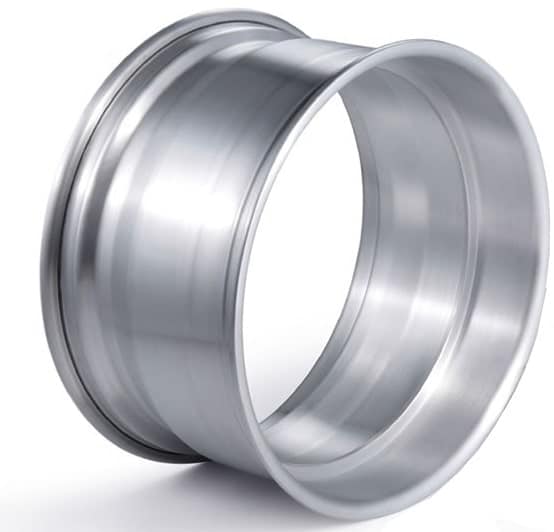
The barrel is the area of the car wheel between the outer face and the inlet rim edge. The barrel’s purpose is to provide a surface for the tire attachment. The drop center, which determines the mount wheel type, is the inside diameter of the barrel. The drop center is near the front of the wheel in front-wheel drive vehicles. On the other hand, a rear-wheel-drive vehicle has drop centers near the back of the wheel.
8. Flanges: ( Parts of Car Wheel )

A wheel flange connects the vehicle’s wheels to the axle. These are mechanically connected to the drive axle or the spindle’s end. Furthermore, they are located on the sides of the wheel to prevent the tire from slipping needlessly.
9. Center Cap: ( Parts of Car Wheel )

The vehicle’s wheel rims and tires are shielded from dirt and sunshine with high-quality car wheel center covers. These automobile wheel coverings are excellent, particularly for drivers who park their vehicles in public areas. The spokes are in the middle of the wheel, and the center cap is located there. The Center Cap can be removed on various models. Most wheel rims, however, do not have a removable center cap.
10. Center Bore: ( Parts of Car Wheel )

The machined hole in the middle of the wheel ensures that the wheel is properly centered on a vehicle. The hub-centricity of a wheel reduces the likelihood of vibration. This is normally a space containing the functional space that extends over the axle and supports the vehicle’s weight. It will be impossible to fit the new wheels if the hub collar diameter is bigger than the center bore.
11. Lug Hole: ( Parts of Car Wheel )
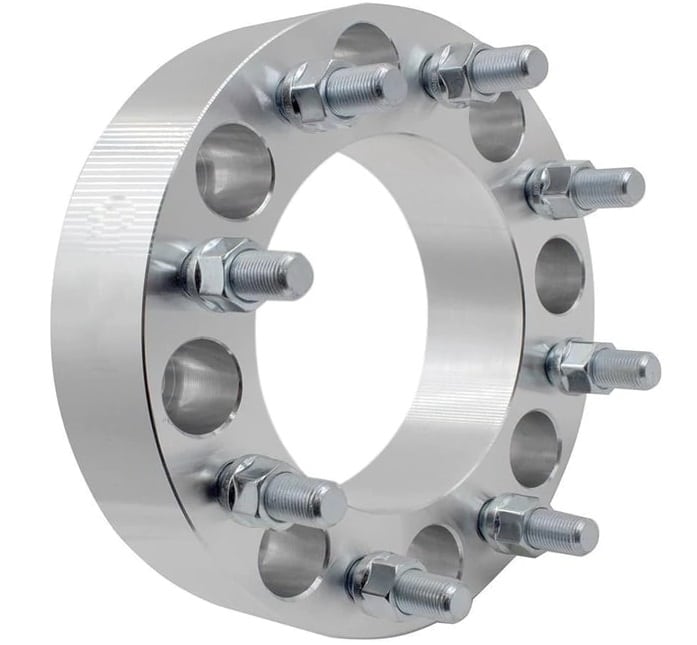
On the center disc, the lug hole is usually cut to form a bolt circle. These are the holes where the lug nut is bolted in place. The empty spaces covered by the mid-cap are known as lug holes. The bolt circle diameter is the diameter of the bolt circle formed by the lug holes. The lug nut inserts into the lug hole on the vehicle’s axle to secure the wheel hub to the threaded wheel stud, holding the wheel in place and accurately centering it on the axle. It is a nut fastener with a conical or round end.
Conclusion
As previously stated, the wheels has always been used in automobiles. These circular systems produce rotary motion and are primarily responsible for transporting the car from point A to point B. As a result, wheels are a vital component of any vehicle.
The vehicle’s wheels must be strong enough to sustain and withstand the forces that occur during normal operation. Simultaneously, they must be as light as possible to help reduce sprung weight. To limit the transmission of road shocks, the tire acts as a cushion between the vehicle and the road. It also adds friction to the vehicle, allowing it to function normally. Modern tires are made of a variety of materials. The rubber is mostly made of synthetic materials. The major components of the Wheels and Tyres, as well as the suitable environment, health, and safety, will be covered in this section.

